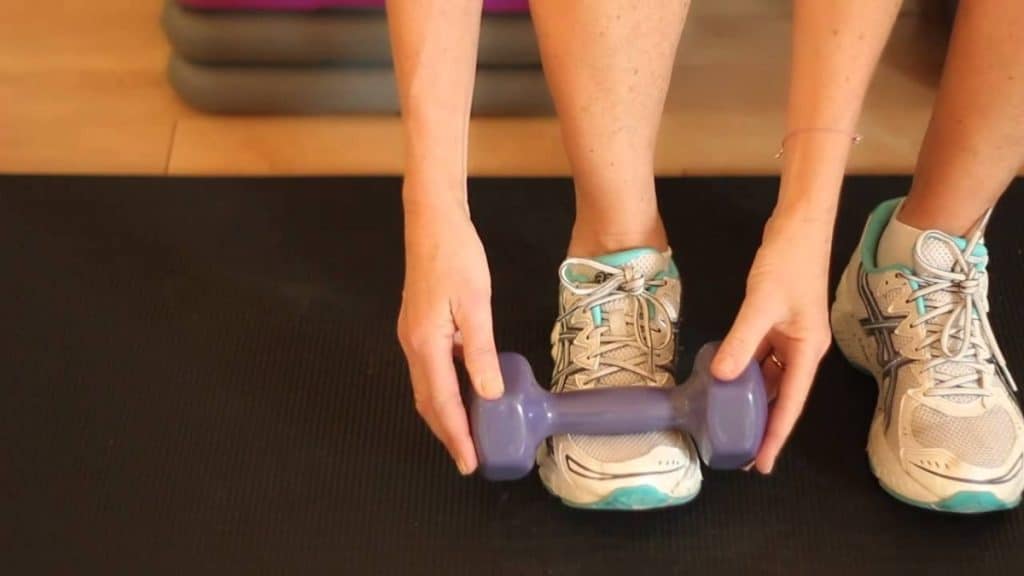In our training, we frequently ignore some areas of the human body. Your chance of injury and other problems may rise as a result of this negligence. In physical therapy, we aim to strengthen weak areas in order to improve the body’s overall balance, improve function, reduce the risk of injury, and more. One of these areas is the shin, specifically the Tibialis Anterior. For conditions like shin splints and even knee ailments, strengthening this muscle might be beneficial.in this article we are going to learn about the tib raises, types of tib raises. YOu also get to learn its benefits. So read the article carefully to get all the information regarding it.
Understanding tib raises
The tib raises, also called the Tibialis Raise, is an exercise for strengthening the Tibialis Anterior muscle. This muscle, which runs down the shin, is in charge of the foot’s dorsiflexion. The tib raises is the reverse of a calf raise; exercise includes hinging at the ankle to bring the foot towards the shin.
What are the different types of tib raises?
If this is your first time trying tib raises this where you should start. I’m gonna walk you through exactly how to do this down below in my follow along video.
- Dumbbell tib raises
This is a more advanced version of tib raises that we usually recommend for experienced or competitive athletes because working with weights requires stronger knee muscles and joints. Here, you should concentrate on managing the negative: let the weight to bring you into a comfortable stretch, pause at the bottom, and then gently raise yourself back up.
- Band Assisted tib raises
If you use a light band and focus on slow, deliberate motions, this might be a highly helpful exercise for knee rehabilitation. Another advantage of utilizing bands is that you may increase “time under tension” more easily than with dumbbells.
How to Do tib raises
There are a few variations on the tibialis raise exercise, but the most common and simple is probably just utilizing one dumbbell. Use these tips to maximize the benefits of tib raises while minimizing the risk of injury:
- Your legs should be straight and together while you sit on an exercise bench. Return to the bench such that your lower legs and feet are the only parts hanging off it.
- Dumbbells should be clamped between your feet.
- Extend your ankles and then draw them up toward your shins while maintaining a straight and stable knee.
- Continue doing the desired number of reps.
Benefits of using Tibialis Raise
Do you doubt that tib raises should be a part of your training regimen? Think over these advantages, then make a choice!
- Better stability and balance
Tibialis anterior muscles are frequently trained by gymnasts, calisthenics athletes, and players of basketball and soccer to enhance ankle stability and balance. After a minute or two of standing on one leg, you should feel your tibialis anterior flexing as you shift your weight and try to keep from falling.
Stronger tibialis anterior muscles will help you play sports or do pistol or shrimp squats without losing your balance.
- Reduced risk of lower limb injury
Your foot will slow down as your heel strikes the ground thanks to the tibialis anterior, which acts as a shock absorber. It’s a braking or eccentric motion. Shin splints and even stress fractures in the shins are common among runners and athletes engaged in high-impact sports. The risk of lower limb damage may be decreased by performing tibialis lifts.
- Ward Off Injuries
Strong Tibialis Anterior helps protect against lower limb ailments such as stress fractures and shin splints. Already recovering from an injury? The Tib Bar may prove to be a useful instrument throughout your recuperation process.
